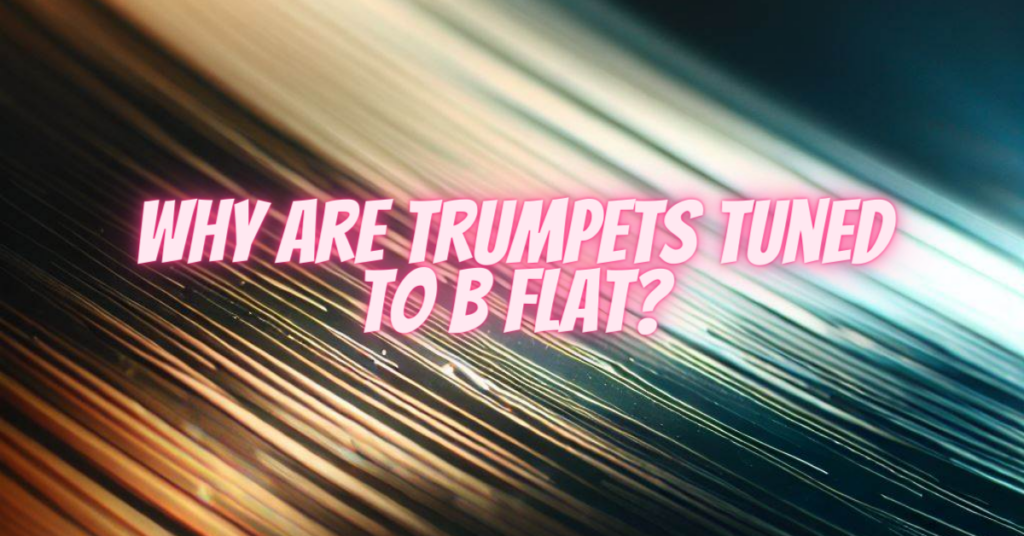The trumpet, with its bright and commanding sound, has been a vital instrument in various musical genres and traditions for centuries. One intriguing aspect of the trumpet’s design is its standard tuning to B-flat. Why is this specific pitch chosen for trumpets, and what impact does it have on the instrument’s versatility and use in different musical contexts? In this article, we will explore the historical, scientific, and practical reasons behind trumpets being tuned to B-flat.
1. Historical Development:
The modern B-flat trumpet evolved from earlier versions of the instrument, which varied in size and pitch. During the Baroque period, composers like Johann Sebastian Bach and George Frideric Handel wrote music for natural trumpets, which were valveless instruments. These trumpets were designed in specific keys, and the length of the trumpet determined the fundamental pitch.
2. Harmonics and Overtones:
The B-flat tuning of the trumpet is related to the instrument’s natural harmonics and overtones. When a brass instrument is played, it produces a series of harmonics above the fundamental pitch. By changing the length of the tubing using valves, trumpeters can access different harmonics. B-flat happens to be a particularly resonant and stable pitch for brass instruments, including the trumpet, making it an ideal choice for the instrument’s standard tuning.
3. Compatibility with Orchestral Instruments:
Trumpets in B-flat are well-suited for orchestral settings and ensembles because they align with other brass and woodwind instruments commonly used in classical music. Having trumpets in B-flat allows for ease of transposition and harmonization with other instruments, ensuring a seamless blend within the ensemble. This compatibility is crucial for achieving harmonious and balanced orchestral compositions.
4. International Standardization:
In the 19th century, standardization efforts began to make instruments, especially brass instruments, consistent in pitch across different manufacturers and regions. The B-flat tuning for trumpets was internationally adopted, creating a uniformity that allowed musicians to play together seamlessly, regardless of their location or the trumpet’s brand.
5. Versatility in Music Styles:
The B-flat trumpet’s versatile tuning makes it suitable for various music styles, including classical, jazz, blues, and popular music. Its agility, bright timbre, and compatibility with other instruments have made it a staple in both orchestral and contemporary settings. Whether performing intricate classical concertos or improvising soulful jazz solos, trumpeters find the B-flat trumpet to be an instrument of immense expressive capabilities.
Conclusion
The choice to tune trumpets to B-flat is rooted in historical, scientific, and practical considerations. This tuning allows trumpeters to produce a resonant and harmonically rich sound, ensuring compatibility with other instruments and enabling seamless collaboration in diverse musical contexts. As trumpeters continue to explore new horizons in music, the B-flat trumpet stands as a symbol of the instrument’s adaptability, bridging the gap between tradition and innovation in the world of brass music.


